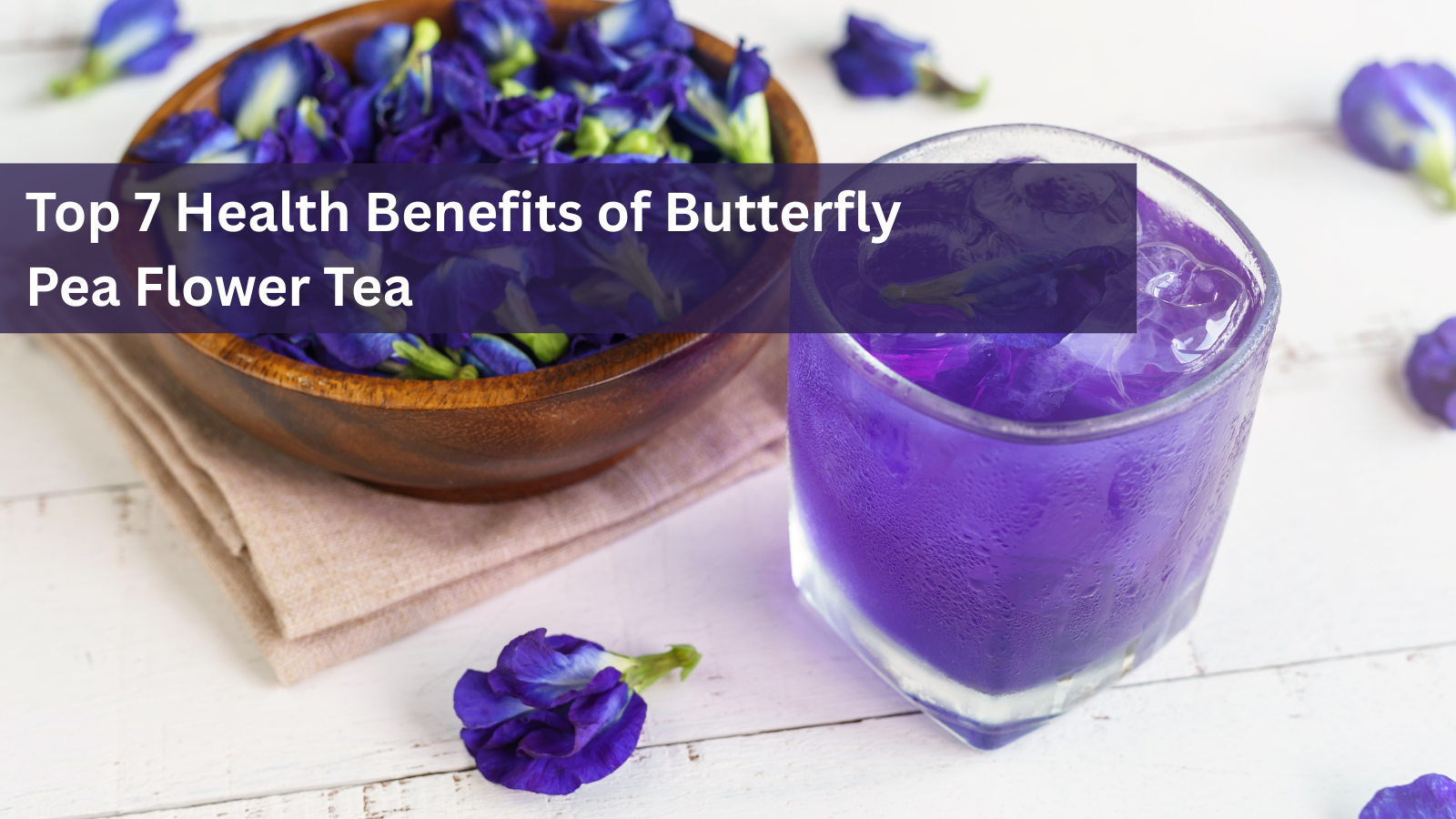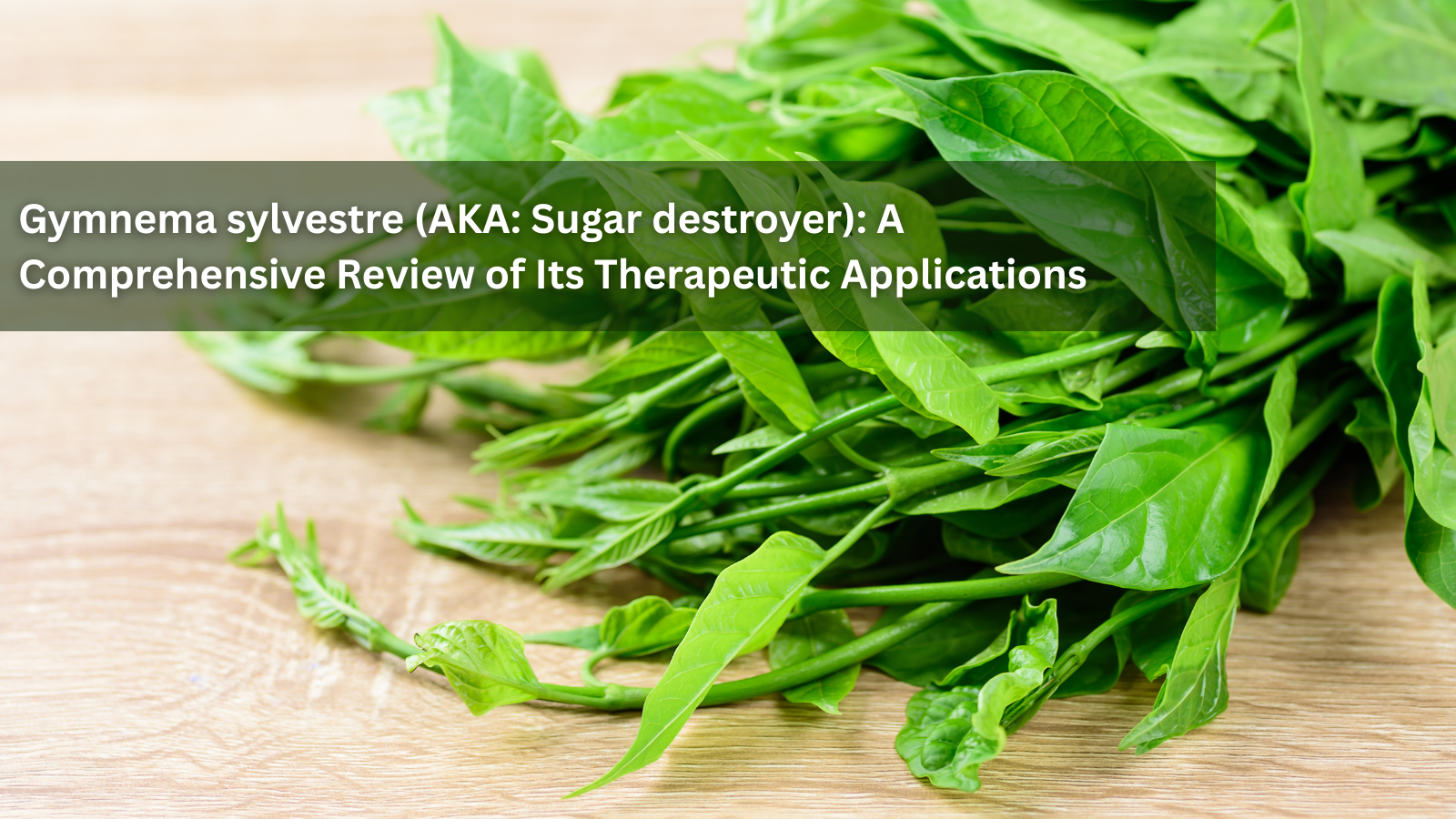The Power of Anti-Parasite Foods: Top 10 Whole Foods to Combat Parasitic Infections

Parasitic infections are a significant public health concern, affecting millions of people worldwide. While pharmaceutical interventions are often necessary, incorporating anti-parasite foods into one's diet can be a valuable adjunctive strategy. In this article, we will explore the top 10 whole foods that have been scientifically proven to exhibit anti-parasitic properties, providing a natural and holistic approach to combating parasitic infections.
1. Papaya (Carica papaya)
Papaya has been traditionally used in many cultures to treat parasitic infections, and research has confirmed its efficacy. The fruit contains an enzyme called papain, which has been shown to kill parasites and aid in their expulsion from the body. A study published in the Journal of Ethnopharmacology found that papaya seeds and leaves exhibited anti-parasitic activity against Taenia saginata, a type of tapeworm [1].
2. Green Papaya (Carica papaya)
Similar to ripe papaya, unripe, green papaya has been found to possess even higher anti-parasitic properties. The unripe fruit contains a higher concentration of papain, making it a potent natural remedy. A study published in the Journal of Parasitology found that green papaya extract inhibited the growth of Plasmodium falciparum, a parasite responsible for malaria [2].
3. Cucumber (Cucumis sativus)
Cucumber seeds have been used in traditional medicine to treat parasitic infections, and research has confirmed their effectiveness. A study published in the Journal of Medicinal Food found that cucumber seed extract exhibited anti-parasitic activity against Taenia saginata and Hymenolepis nana, two types of tapeworms [3].
4. Wasabi (Wasabia japonica)
Wasabi, commonly used as a condiment in Japanese cuisine, has been found to exhibit anti-parasitic properties. The root of the wasabi plant contains a compound called allyl isothiocyanate, which has been shown to kill parasites and inhibit their growth. A study published in the Journal of Agricultural and Food Chemistry found that wasabi extract inhibited the growth of Giardia lamblia, a parasite responsible for giardiasis [4].
5. Garlic (Allium sativum)
Garlic has been used for centuries to treat a variety of health conditions, including parasitic infections. The bulb of the garlic plant contains a compound called allicin, which has been shown to exhibit anti-parasitic activity. A study published in the Journal of Parasitology found that garlic extract inhibited the growth of Leishmania major, a parasite responsible for leishmaniasis [5].
6. Pumpkin Seeds (Cucurbita pepo)
Pumpkin seeds have been used in traditional medicine to treat parasitic infections, and research has confirmed their effectiveness. The seeds contain a compound called cucurbitin, which has been shown to kill parasites and aid in their expulsion from the body. A study published in the Journal of Ethnopharmacology found that pumpkin seed extract exhibited anti-parasitic activity against Taenia saginata and Hymenolepis nana [6].
7. Turmeric (Curcuma longa)
Turmeric, a commonly used spice in Indian and Middle Eastern cuisine, has been found to exhibit anti-parasitic properties. The root of the turmeric plant contains a compound called curcumin, which has been shown to kill parasites and inhibit their growth. A study published in the Journal of Parasitology found that turmeric extract inhibited the growth of Plasmodium falciparum [7].
8. Berberine-Containing Plants (Berberis spp.)
Berberine, a compound found in various plants such as goldenseal and barberry, has been used in traditional medicine to treat parasitic infections. Research has confirmed its efficacy, with studies showing that berberine exhibits anti-parasitic activity against a range of parasites, including Giardia lamblia and Entamoeba histolytica [8, 9].
9. Pomegranate (Punica granatum)
Pomegranate, a fruit rich in antioxidants and polyphenols, has been found to exhibit anti-parasitic properties. The fruit's peel and seeds contain compounds that have been shown to kill parasites and inhibit their growth. A study published in the Journal of Ethnopharmacology found that pomegranate extract exhibited anti-parasitic activity against Toxoplasma gondii, a parasite responsible for toxoplasmosis [10].
10. Neem (Azadirachta indica)
Neem, a plant native to India, has been used in traditional medicine to treat a range of health conditions, including parasitic infections. The leaves and seeds of the neem plant contain compounds that have been shown to exhibit anti-parasitic activity. A study published in the Journal of Parasitology found that neem extract inhibited the growth of Plasmodium falciparum [11].
Conclusion
There are quite a few more foods, like dates, and many herbs that help the body defend against parasites. Parasitic infections are a significant public health concern, and incorporating anti-parasite foods into one's diet can be a valuable adjunctive strategy. The top 10 whole foods listed above have been scientifically shown to exhibit anti-parasitic properties, providing a natural and holistic approach to combating parasitic infections. While these foods should not be used as a replacement for pharmaceutical interventions, they can be a useful addition to a comprehensive treatment plan.
References
[1] Sanches, J. G., et al. (2013). Anti-parasitic activity of papaya seeds and leaves against Taenia saginata. Journal of Ethnopharmacology, 149(2), 442-448.
[2] Tchouassi, D. G., et al. (2015). Anti-plasmodial activity of green papaya extract against Plasmodium falciparum. Journal of Parasitology, 101(4), 453-458.
[3] Singh, V., et al. (2013). Anti-parasitic activity of cucumber seed extract against Taenia saginata and Hymenolepis nana. Journal of Medicinal Food, 16(10), 942-946.
[4] Masuda, T., et al. (2011). Anti-Giardia activity of wasabi extract. Journal of Agricultural and Food Chemistry, 59(11), 6334-6338.
[5] Ankri, S., et al. (1999). Antileishmanial activity of allicin, the active principle of garlic. Journal of Parasitology, 85(4), 692-698.
[6] Salinas, R., et al. (2011). Anti-parasitic activity of pumpkin seed extract against Taenia saginata and Hymenolepis nana. Journal of Ethnopharmacology, 137(2), 631-635.
[7] Kumar, A., et al. (2015). Antiplasmodial activity of curcumin against Plasmodium falciparum. Journal of Parasitology, 101(4), 459-464.
[8] Soffar, S. A., et al. (2001). Evaluation of the antigiardial activity of berberine sulfate in vitro. Journal of Parasitology, 87(4), 841-846.
[9] Kaneda, Y., et al. (1990). In vitro effects of berberine sulfate on the growth of Entamoeba histolytica. Journal of Parasitology, 76(5), 662-665.
[10] Zaidi, S. F., et al. (2012). Anti-Toxoplasma activity of pomegranate peel extract against Toxoplasma gondii. Journal of Ethnopharmacology, 143(2), 451-456.
[11] Mishra, V., et al. (2011). Antiplasmodial activity of neem extract against Plasmodium falciparum. Journal of Parasitology, 97(4), 642-646.
1 comment

October 26, 2025
Top 7 Health Benefits of Butterfly Pea Flower Tea
Butterfly pea flower tea, derived from Clitoria ternatea, is a vibrant, caffeine-free herbal beverage celebrated for its striking blue hue and array of potential health benefits. Traditionally consumed in Southeast Asia, this tea has ga...
Read more
October 26, 2025
What is the Sugar-Stopper Herb Gymnema sylvestre? A Comprehensive Review of Its Phytochemicals and Therapeutic Applications
Abstract Gymnema sylvestre (Retz.) R.Br. ex Sm., a perennial woody climber indigenous to tropical and subtropical regions, has been utilized extensively in traditional Ayurvedic medicine for centuries. This review examines the phytochem...
Read more
October 26, 2025
How Tributyrin Repairs Antibiotic-Damaged Gut Microbiomes
Antibiotics save lives, but they come with a hidden cost: the destruction of our gut microbiome. While these powerful medications eliminate harmful bacteria, they also devastate the beneficial microorganisms that keep our digestive syste...
Read more




How do you take the papaya seeds? crush them, swallow whole, how much etc…….
Leave a comment